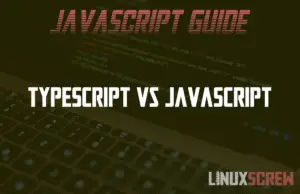How to Remove Duplicates From a List In Python, With Examples
This article explores several ways to remove duplicate items from lists in the Python programming language. Using The dict.fromkeys() Method To Remove Duplicates From a List in Python This is the fastest way to remove duplicates from a list in Python. However, the order of the items in the list is not preserved. The fromkeys() method creates a dictionary (a collection of key:value pairs) with keys from a supplied sequence of elements (in this case, a list). As a dictionary cannot contain duplicate keys, they are removed. … Read more










